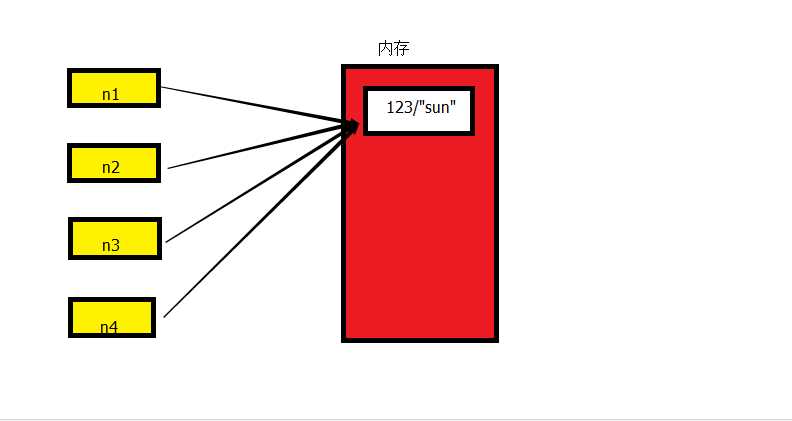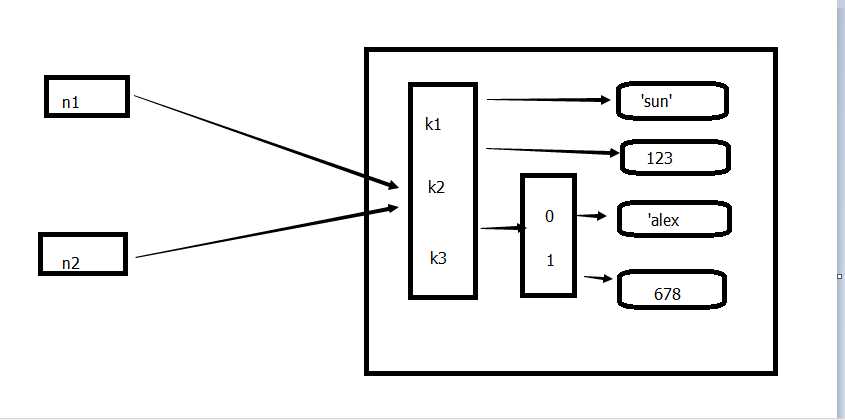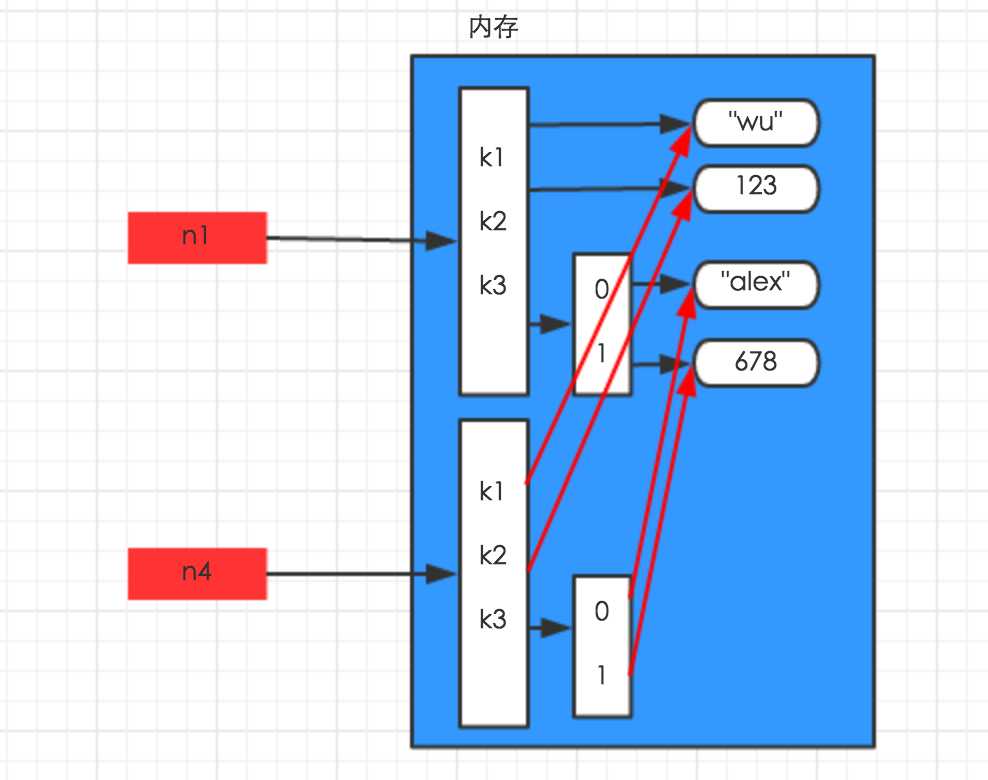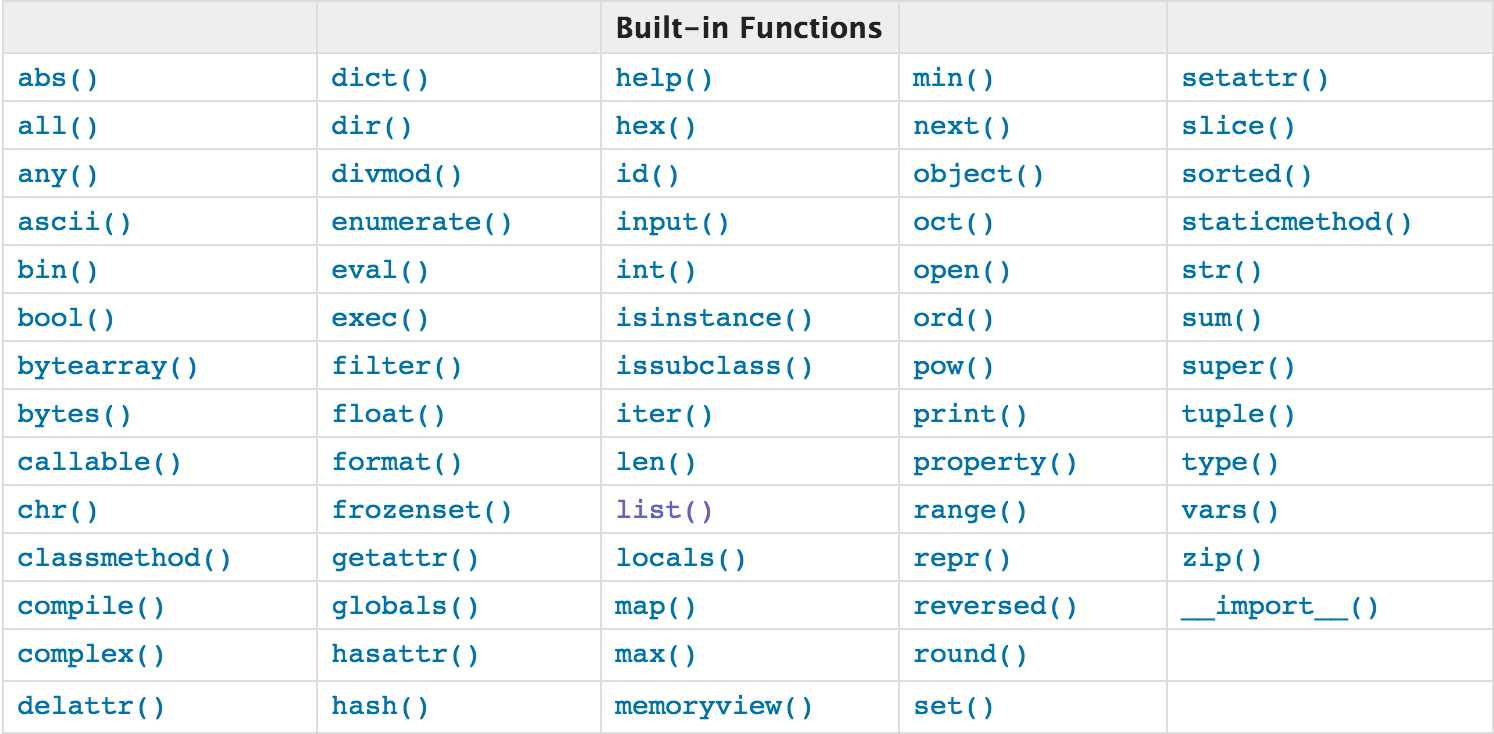标签:
---恢复内容开始---
基本数据类型:
set:是一个不重复且无序的集合
class set(object): """ set() -> new empty set object set(iterable) -> new set object Build an unordered collection of unique elements. """ def add(self, *args, **kwargs): # real signature unknown """ Add an element to a set,添加元素 This has no effect if the element is already present. """ pass def clear(self, *args, **kwargs): # real signature unknown """ Remove all elements from this set. 清楚内容""" pass def copy(self, *args, **kwargs): # real signature unknown """ Return a shallow copy of a set. 浅拷贝 """ pass def difference(self, *args, **kwargs): # real signature unknown """ Return the difference of two or more sets as a new set. A中存在,B中不存在 (i.e. all elements that are in this set but not the others.) """ pass def difference_update(self, *args, **kwargs): # real signature unknown """ Remove all elements of another set from this set. 从当前集合中删除和B中相同的元素""" pass def discard(self, *args, **kwargs): # real signature unknown """ Remove an element from a set if it is a member. If the element is not a member, do nothing. 移除指定元素,不存在不保错 """ pass def intersection(self, *args, **kwargs): # real signature unknown """ Return the intersection of two sets as a new set. 交集 (i.e. all elements that are in both sets.) """ pass def intersection_update(self, *args, **kwargs): # real signature unknown """ Update a set with the intersection of itself and another. 取交集并更更新到A中 """ pass def isdisjoint(self, *args, **kwargs): # real signature unknown """ Return True if two sets have a null intersection. 如果没有交集,返回True,否则返回False""" pass def issubset(self, *args, **kwargs): # real signature unknown """ Report whether another set contains this set. 是否是子序列""" pass def issuperset(self, *args, **kwargs): # real signature unknown """ Report whether this set contains another set. 是否是父序列""" pass def pop(self, *args, **kwargs): # real signature unknown """ Remove and return an arbitrary set element. Raises KeyError if the set is empty. 移除元素 """ pass def remove(self, *args, **kwargs): # real signature unknown """ Remove an element from a set; it must be a member. If the element is not a member, raise a KeyError. 移除指定元素,不存在保错 """ pass def symmetric_difference(self, *args, **kwargs): # real signature unknown """ Return the symmetric difference of two sets as a new set. 对称交集 (i.e. all elements that are in exactly one of the sets.) """ pass def symmetric_difference_update(self, *args, **kwargs): # real signature unknown """ Update a set with the symmetric difference of itself and another. 对称交集,并更新到a中 """ pass def union(self, *args, **kwargs): # real signature unknown """ Return the union of sets as a new set. 并集 (i.e. all elements that are in either set.) """ pass def update(self, *args, **kwargs): # real signature unknown """ Update a set with the union of itself and others. 更新 """ pass
#书写格式 re= 值1 if 条件 else 值2 #如果条件成立 那么‘’值1‘’赋值给re变量,否则 将‘值2’赋值给re变量
深浅拷贝
一、数字和字符串
对于‘数字’和‘字符串’而言,赋值、浅拷贝和深拷贝无意义,因为他永远指向同一个内存地址。
import copy #数字和字符串 n1 = 123 #n1 = ‘i am sunlieqi age 21‘ print(id(n1)) ########赋值######## n2=n1 print(id(n2)) ####浅拷贝#### n2 = copy.copy(n1) print(id(n2)) ####深拷贝### n3 = copy.deepcopy(n1) print(id(n3))

二、其他基本数据类型
对于字典、元组、列表而言,进行赋值、浅拷贝和深拷贝时,其内存地址的变化是不同的。
1、赋值
赋值 只是创建一个变量,该变量指向原来内存地址,如:
n1 = {"k1": "wu", "k2": 123, "k3": ["alex", 456]}
n2 = n1

2、浅拷贝
浅拷贝,在内存中只额外创建第一层数据
import copy
n1 = {"k1": "wu", "k2": 123, "k3": ["alex", 456]}
n3 = copy.copy(n1)

深拷贝
深拷贝 ,在内存中将所有的数据重新重建一分(除了最后一层,即:python内部对字符串和数字的优化)
import copy
n1 = {"k1": "wu", "k2": 123, "k3": ["alex", 456]}
n4 = copy.deepcopy(n1)

函数
一、背景
在学习函数之前,一直遵循:面向过程编程序,即:根据业务逻辑从上倒下实现功能,其往往用一长代码来实现指定功能,开发过程最常见的操作就是粘贴复制,也就是将之前实现的代码块复制到现需要功能处,如下:
while True: if cpu利用率 > 90%: #发送邮件提醒 连接邮箱服务器 发送邮件 关闭连接 if 硬盘使用空间 > 90%: #发送邮件提醒 连接邮箱服务器 发送邮件 关闭连接 if 内存占用 > 80%: #发送邮件提醒 连接邮箱服务器 发送邮件 关闭连接
看上述代码,if条件语句下的内容可以被提取出来循环使用,如下
def 发送邮件(内容) #发送邮件提醒 连接邮箱服务器 发送邮件 关闭连接 while True: if cpu利用率 > 90%: 发送邮件(‘CPU报警‘) if 硬盘使用空间 > 90%: 发送邮件(‘硬盘报警‘) if 内存占用 > 80%:
上面两种方式,第二次比第一次的重用性和可读性要好,其实这就是函数式变成和面向过程编程的区别:
函数式编程最重要的是增强代码的重用性和可读性,提高了代码的重复利用率
二、定义和使用
def 函数名(参数): ... 函数体 ... 返回值
函数的定义要点:
1、返回值
函数是一个功能块,该功能到底执行成功与否,需要通过返回值来告知调用者。
以上要点中,比较重要有参数和返回值:
def 发送短信(): 发送短信的代码... if 发送成功: return True else: return False while True: # 每次执行发送短信函数,都会将返回值自动赋值给result # 之后,可以根据result来写日志,或重发等操作 result = 发送短信() if result == False: 记录日志,短信发送失败...
2、参数
为什么要有参数?
def CPU报警邮件()
#发送邮件提醒
连接邮箱服务器
发送邮件
关闭连接
def 硬盘报警邮件()
#发送邮件提醒
连接邮箱服务器
发送邮件
关闭连接
def 内存报警邮件()
#发送邮件提醒
连接邮箱服务器
发送邮件
关闭连接
while True:
if cpu利用率 > 90%:
CPU报警邮件()
if 硬盘使用空间 > 90%:
硬盘报警邮件()
if 内存占用 > 80%:
内存报警邮件()
有参数实现
def 发送邮件(邮件内容)
#发送邮件提醒
连接邮箱服务器
发送邮件
关闭连接
while True:
if cpu利用率 > 90%:
发送邮件("CPU报警了。")
if 硬盘使用空间 > 90%:
发送邮件("硬盘报警了。")
if 内存占用 > 80%:
发送邮件("内存报警了。")
函数的有三种不同的参数:
# ######### 定义函数 #########
# name 叫做函数func的形式参数,简称:形参
def func(name):
print name
# ######### 执行函数 #########
# ‘wupeiqi‘ 叫做函数func的实际参数,简称:实参
func(‘wupeiqi‘)
def func(name, age = 18):
print "%s:%s" %(name,age)
# 指定参数
func(‘wupeiqi‘, 19)
# 使用默认参数
func(‘alex‘)
注:默认参数需要放在参数列表最后
def func(*args):
print args
# 执行方式一
func(11,33,4,4454,5)
# 执行方式二
li = [11,2,2,3,3,4,54]
func(*li)
----------------
ef func(**kwargs):
print args
# 执行方式一
func(name=‘wupeiqi‘,age=18)
# 执行方式二
li = {‘name‘:‘wupeiqi‘, age:18, ‘gender‘:‘male‘}
func(**li)
---------------------------------------------
def func(*args, **kwargs):
print args
print kwargs
发邮件实例:
import smtplib
from email.mime.text import MIMEText
from email.utils import formataddr
msg = MIMEText(‘邮件内容‘, ‘plain‘, ‘utf-8‘)
msg[‘From‘] = formataddr(["武沛齐",‘wptawy@126.com‘])
msg[‘To‘] = formataddr(["走人",‘424662508@qq.com‘])
msg[‘Subject‘] = "主题"
server = smtplib.SMTP("smtp.126.com", 25)
server.login("wptawy@126.com", "邮箱密码")
server.sendmail(‘wptawy@126.com‘, [‘424662508@qq.com‘,], msg.as_string())
server.quit()
内置函数

open函数 该函数用于文件处理
标签:
原文地址:http://www.cnblogs.com/sunlieqiblog/p/5468854.html